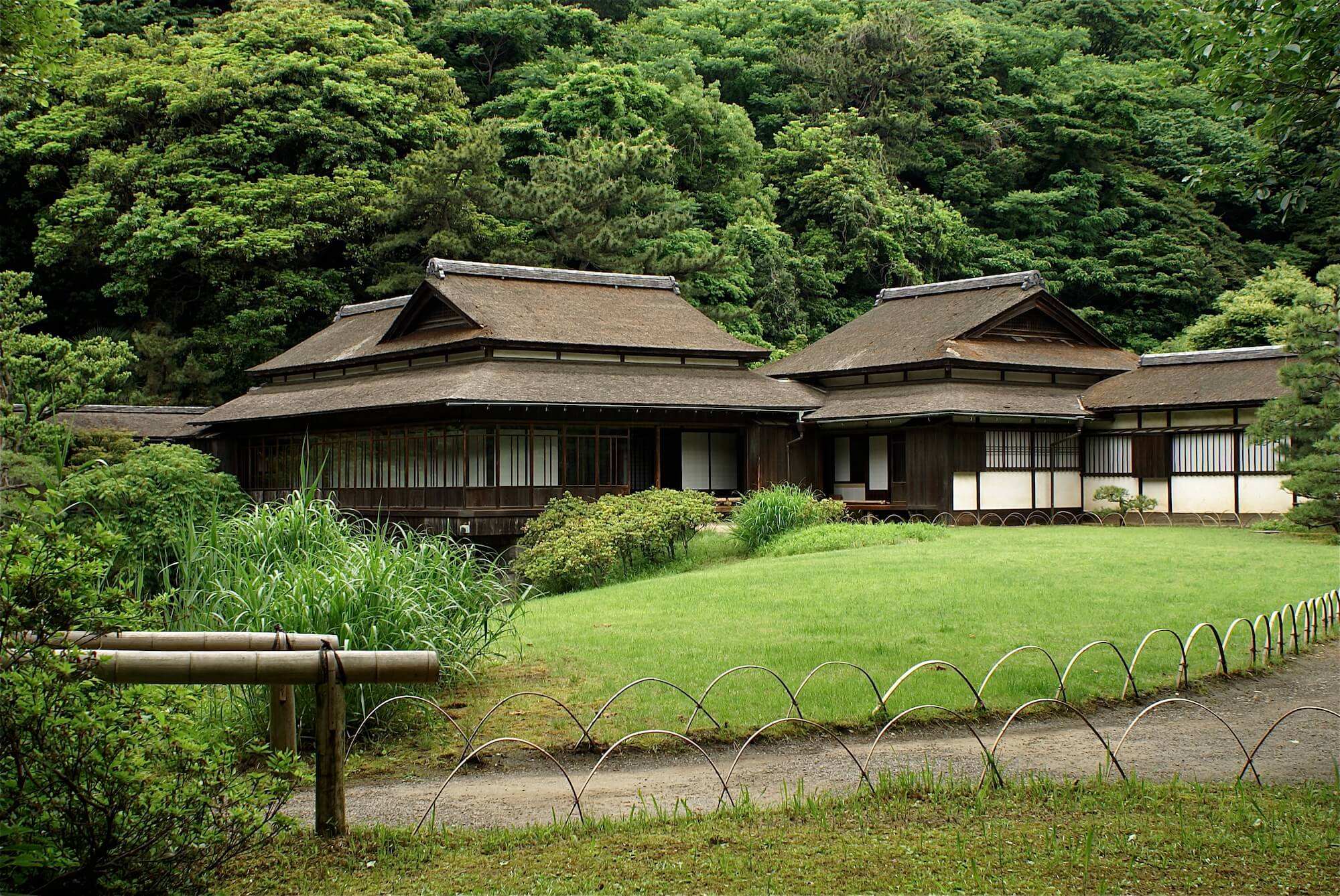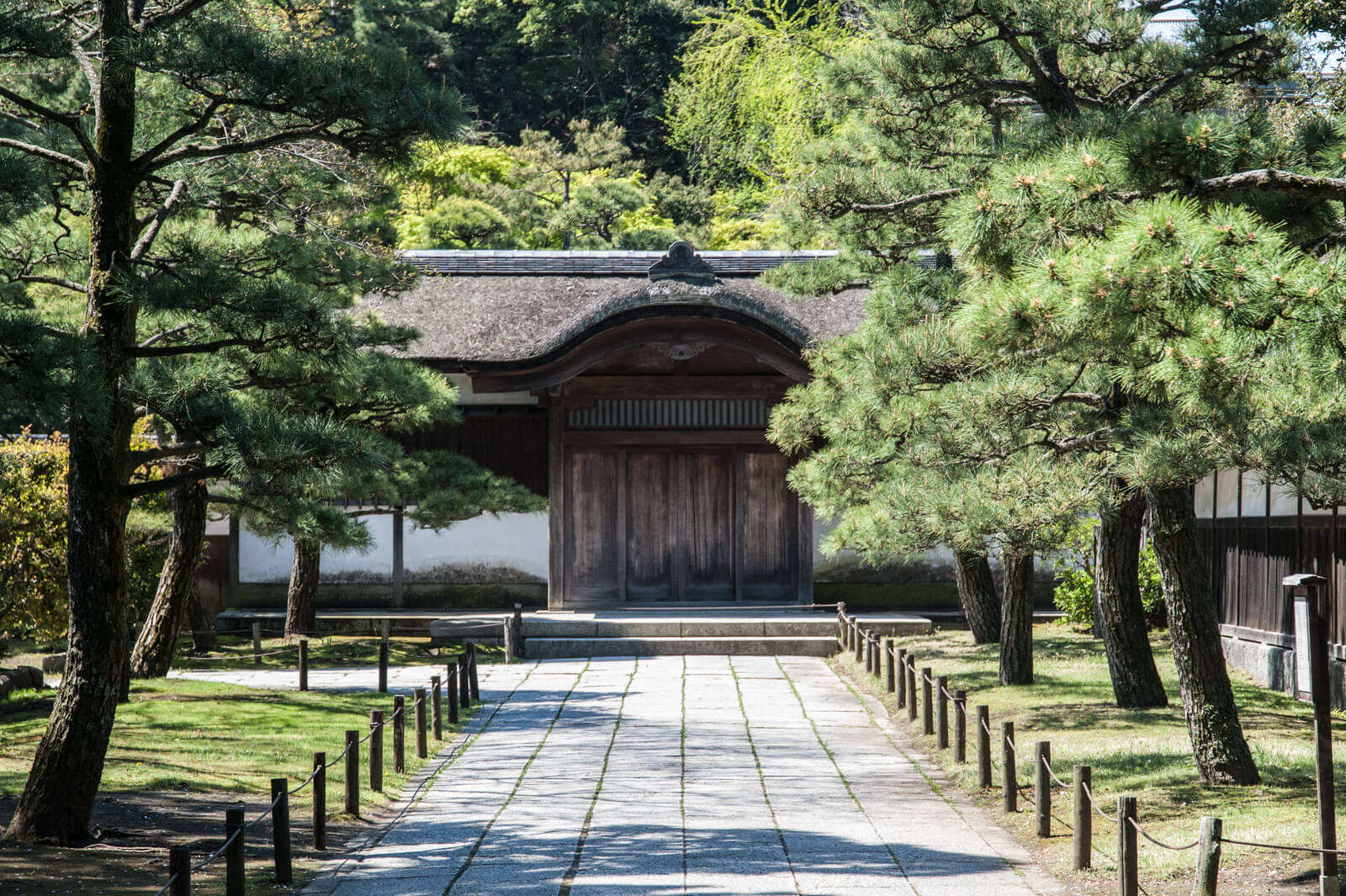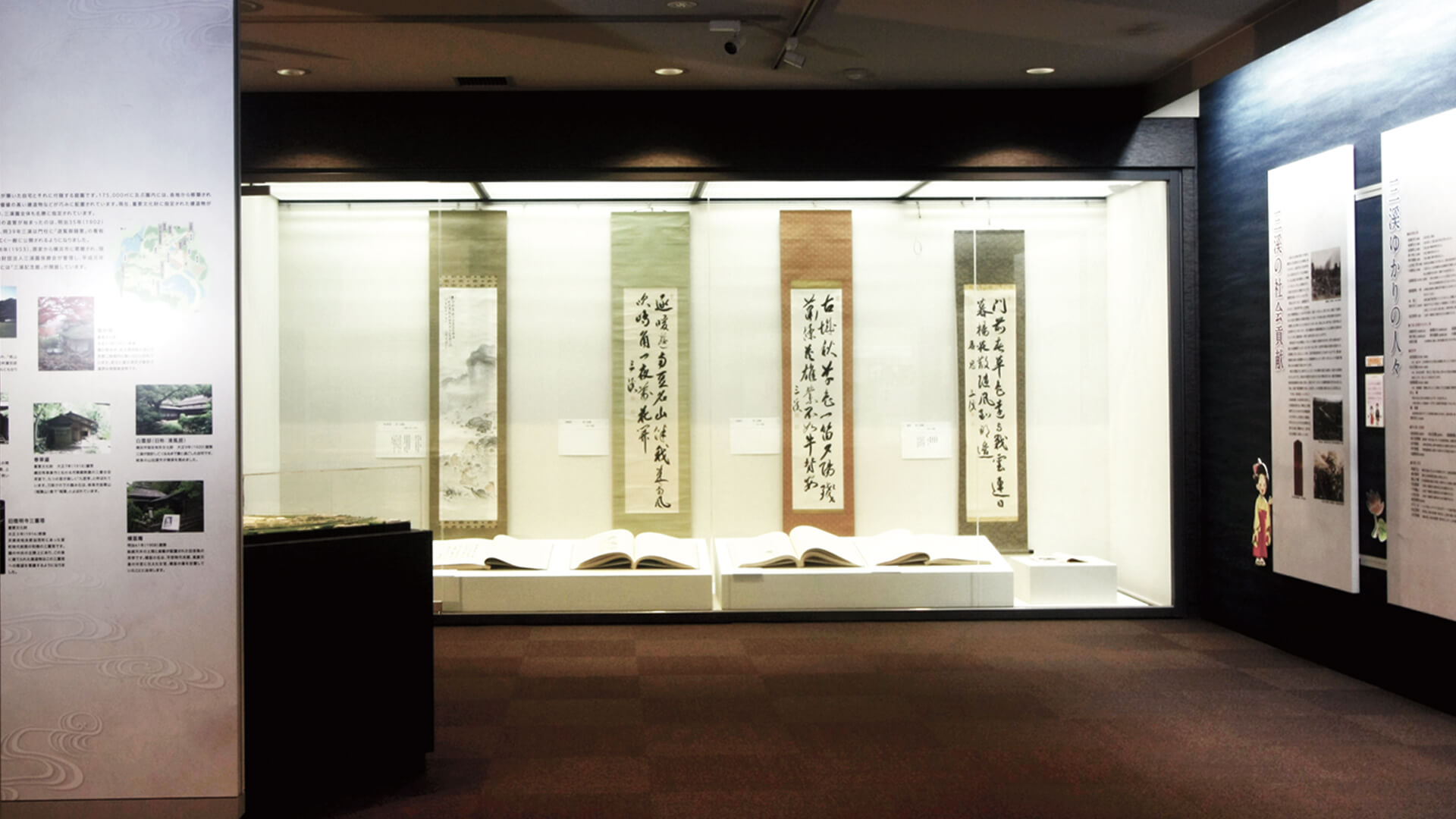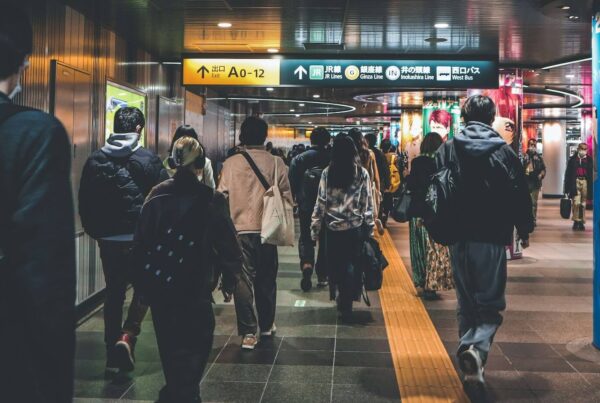Covered in verdant greenery and spotted with elegant traditional architecture, the Sankei-en Garden is a piece of tranquility hidden behind the bustling streets of Yokohama. Also known as the ‘Three Creeks Garden’, this traditional garden has a rich history and alluring hidden gems just waiting to be uncovered.

Credits: jamms / Flickr
Many people come from far and wide to awe at the intriguing Japanese architecture of the many ancient houses and pagodas, coupled with jade coloured ponds, trickling streams and charming wood bridges. Take a stroll along one of the many serene walking paths and admire the stunning flora and fauna. For a moment, you might forget that you’re still in one of Japan’s most populous cities.
Table of Contents
A Momentous History

Credit: Polyrus / Flickr
Designed and established by a distinguished silk trader, Tomitaro Hara (more commonly known as Sankei Hara), the Hara family were one of the most successful families in the country and this beautiful garden was originally their home before it was first opened to the public in 1906.
As you explore the Sankei-en Garden, notice the collections of Japanese art and literature found around the different buildings. This is due to the fact that Hara himself was a genuine appreciator of traditional Japanese art and purposed the garden to support Japanese artists, even going so far as to open his private residence to be a showroom for important artists. It’s no surprise that many artists would frequent the garden to draw inspiration or enjoy a moment of peace!
The entire 175,000 square meter garden took some 20 years to build and most of the structures you can find in the garden were relocated by Hara from all over the country, namely places such as Gifu Prefecture, Wakayama Prefecture and Kyoto. During World War II, the garden along with its buildings were not spared and suffered severe damage. The garden had to be donated to the City of Yokohama in 1953 and the Sankei-en Hoshokai Foundation was created to help restore the tattered garden back to tip-top shape over the course of 5 years. These structures hold cultural significance and ten of them have been declared as Important Cultural property while three are designated as Tangible Cultural Properties of Japan.
The Inner Garden
Where most of Sankei Hara’s impeccably designed architecture resides, the Inner Garden was the Hara family’s private residence before being opened to the public in 1958. Here, see for yourself the picturesque views of historic buildings that Sankei Hara enjoyed. There are about 10 structures located in the Inner Garden, but these are some noteworthy ones:

Credit: gloglita / Flickr
Firstly, the fascinating building of Choshukaku dates all the way back to 1623 and is believed to be originally located within the premises of Nijō Castle in Kyoto. On top of that, this intriguing building utilizes three different roof styles, making it architecturally unique from the rest.

Credit: TokyoViews / Flickr
Next on the list is Rinshunkaku, which served as a residential villa for samurai leaders from the 17th century to the mid-19th century and was originally built in the Wakayama Prefecture back in 1649. This sophisticated building is divided into 12 rooms including a tea room, which is a rare occurrence!
Voir cette publication sur Instagram
The last building in the Inner Garden that cannot be missed is Hakuuntei, a traditional house that was designed by Sankei Hara and built back in 1920. Using a mix of traditional construction methods and western-style elements, along with a Cypress bark roof, this was Hara’s sanctuary and he could often be found spending time here with his wife.
Yokohama Chinatown – An Amazing Fusion Food Experience in Japan
The Outer Garden
On the other hand, the Outer Garden was one of the first few areas of the garden to be opened to the public in 1906. There are many exceptional buildings and structures which make this garden incomparable, but a few of them stand out.
Voir cette publication sur Instagram
The iconic Three-Story Pagoda of Old Tomyoji can be seen peeking out above the thicket from anywhere in Sankei-en and was built in 1457 at Tomyoji Temple, before being relocated, making it the oldest wooden pagoda in the entire Kanto region!

Credits: David / Randomwire
Next, the exquisite Yanohara House is one of the largest gassho style houses in Japan and was originally located in Shirakawa-go Hida. Expect to find an authentic Japanese house, equipped with farming tools used back in Hida and even an irori in the middle of the living room. It is also the only house in Sankei-en that is open to the public all year round.

Credits: Eugenia / Flickr
Known as Sankei Hara’s home, Kakushokaku was built by Hara himself in 1902. Although having to be rebuilt after World War II, this majestic building still holds great historical significance, being the place where numerous artists and cultural and political figures visited.

Credits: Hara Sankei Memorial Room
Finally, get valuable insight into the work of Sankei Hara as well as a glimpse of his artwork at the Sankei Memorial. Be sure to drop by the Bototei tea house located within the museum where you can experience an authentic tea ceremony and sip on some toasty green tea!
The Mesmerizing Environment of Sankei-en Garden

Credit: George Grey Jr / Flickr
Seemingly one of mother nature’s best masterpieces, the gorgeous nature that veils the garden is sure to charm anyone who pays a visit. Throughout the year, over 25 different types of flowers can be found around the garden. Adore the flourishing Azaleas, Hydrangeas and Irises in June and the orange and red hues of the autumn foliage in September.
Not to mention, the 300 Cherry Blossom trees that vibrantly burst out around the end of March and start of April, there’s even a night viewing event where the trees and the Tomyoji pagoda are magically illuminated with lanterns, creating a scene straight out of a fairytale.
Head over to the Lotus pond and gaze at the stunning Lotus flowers swaying in the wind or drop by the Oike pond where you can buy fish food to feed the multicoloured carp and adorable turtles!
Conclusion
Among all the magnificent parks and gardens in Japan, the sheer beauty and historical and cultural significance that Sankei-en Garden has to offer places it in the upper echelon. From spectacular buildings with enthralling history to the unparalleled natural beauty that induces instant calm, this garden should be at the top of your bucket list if you’re looking for a raw piece of Japan. What are you waiting for? Discover Sankei-en and witness the charms that Yokohama’s hidden gem has to offer!
Be sure to follow us on Facebook, Instagram, Twitter, and Pinterest for more fun stuff! See you again next time!

Natalie Leong
Constantly on the hunt for her next adventure, Natalie is a passionate tourism student from Singapore. With her heart set on travelling the world, she absolutely fell in love with Japan. If she isn't looking for her next haunt, she's usually out taking photos.







